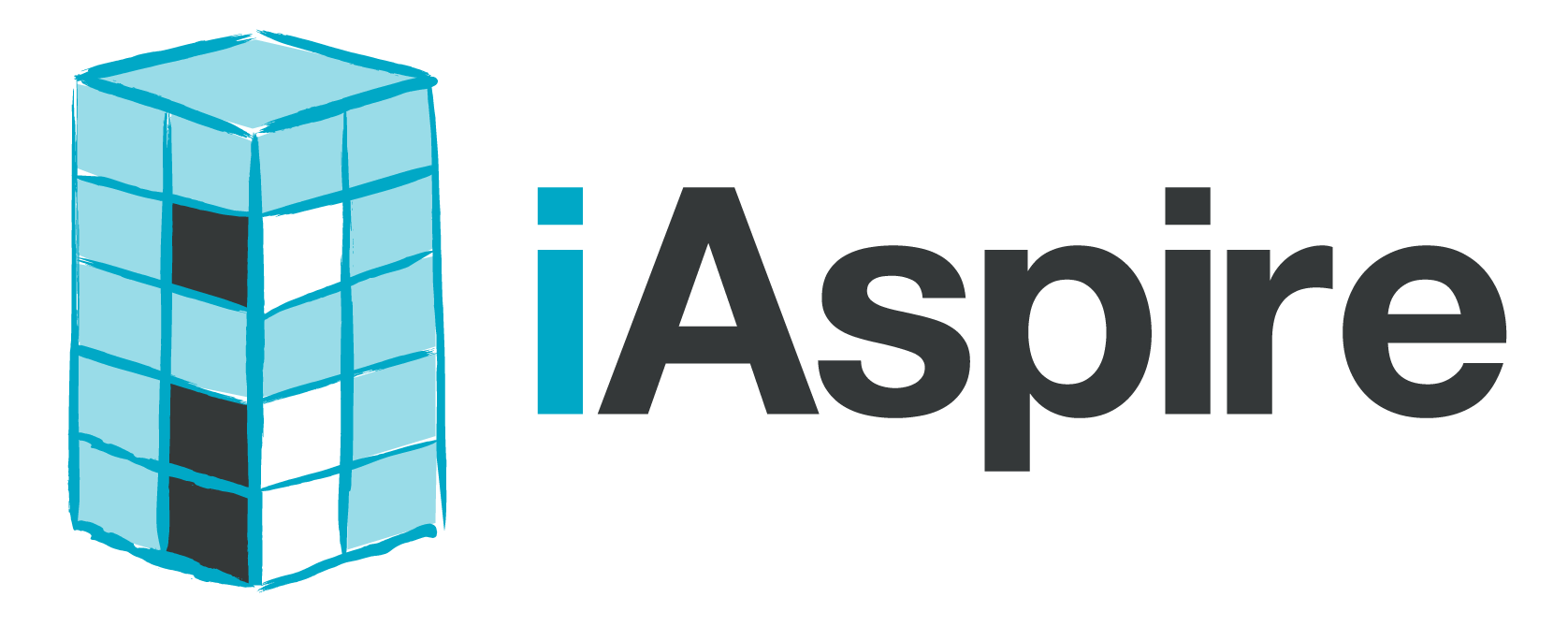5 Best Practices for Classroom Walkthroughs
Of all the different components to the various teacher evaluation frameworks out there, the most misused piece is often the classroom walkthrough. It’s no surprise given there’s much less discussion and research on classroom walkthroughs compared to formal observations. In fact, if you googled walkthrough right now you’d get results mostly about video games! In her research, Carolyn Downey and colleagues offered this definition for a classroom walkthrough, “short, informal visitations to classes followed occasionally by reflective questioning.” In this way, classroom walkthroughs are quite different than short classroom observations which are formal and evaluative.
When used correctly, classroom walkthroughs provide the observer with key information they can use to build reflective dialogue with teachers and customize professional development opportunities for teachers. If you follow the 5 best practices outlined below, your walkthroughs will transform your performance evaluation processes into something more meaningful - a framework of self-reflection and self-direction to drive the cycle of continuous improvement.
Here are 5 best practices to follow for classroom walkthroughs:
Classroom walkthroughs should be informal.This means that minimal data are collected. Any data that is collected is not shared with the teacher directly, rather the information is used to generate reflective questions.
Classroom walkthroughs should be short. Most walkthroughs should be no longer than about 10 minutes - just long enough to gather information on how curriculum and instructional decisions are made.
Classroom walkthroughs should be non-evaluative and nonjudgmental. This means no checklists with performance descriptions, and no feedback! The focus isn’t on judging the actions of teachers, but to gather information about decisions teachers make. This allows the observer to take on more of a coaching role with the teacher.
Classroom walkthroughs should be tied to a model of collegial supervision, not conventional supervision. This puts the focus on teacher development rather than teacher conformity. Conventional supervision will result in substandard results and even lower job satisfaction. Walkthroughs make supervision practices more collegial and encourage collaboration and ongoing reflective inquiry.
Classroom walkthroughs should be tied to a reflective dialogue process. The overarching purpose of walkthroughs is to create high quality reflective questions to guide reflective dialogue with teachers. The goal is for the reflective questions to nurture teachers into deeper self-awareness and self-reflection of their teaching practices. However, dialogue with teachers is not necessary after every completed walkthrough.
At the very core of the best practices for classroom walkthroughs is trust.
Remember, trust is the foundation upon which all teacher observations and classroom walkthroughs are built. If you stick with the core best practices listed above for classroom walkthroughs, your school will build a cycle of continuous improvement focused more on self-reflection and professional growth instead of mere conformity.
